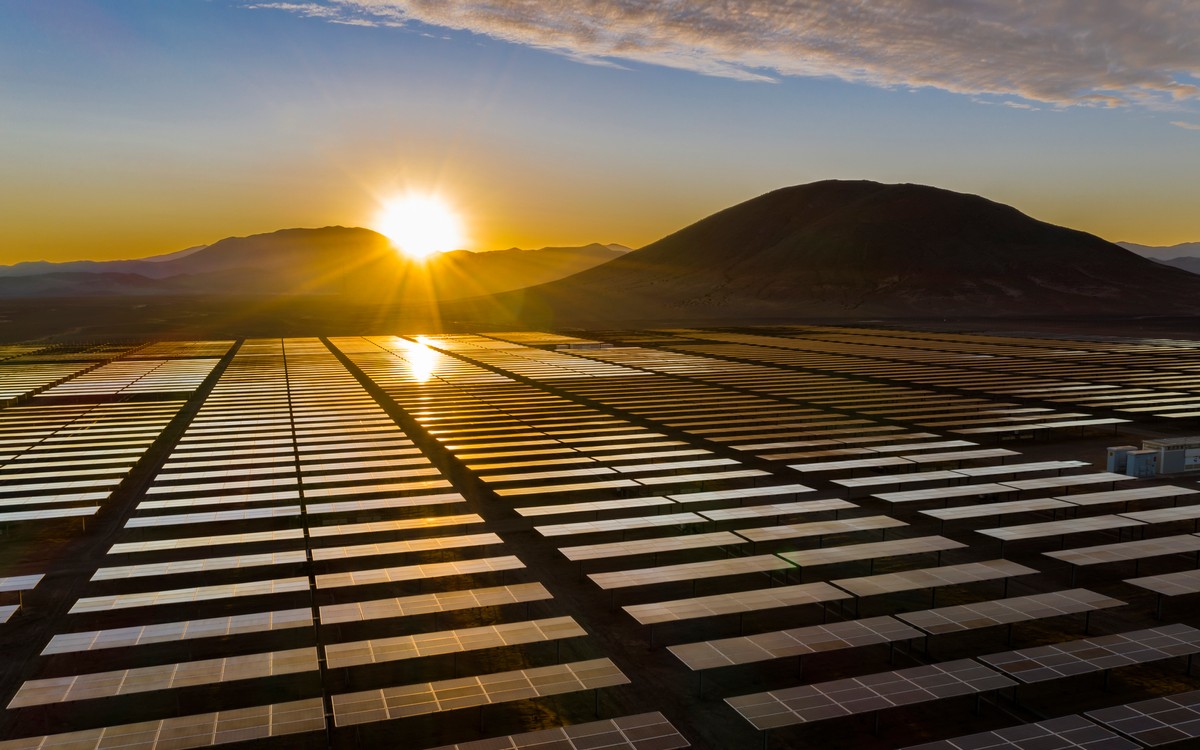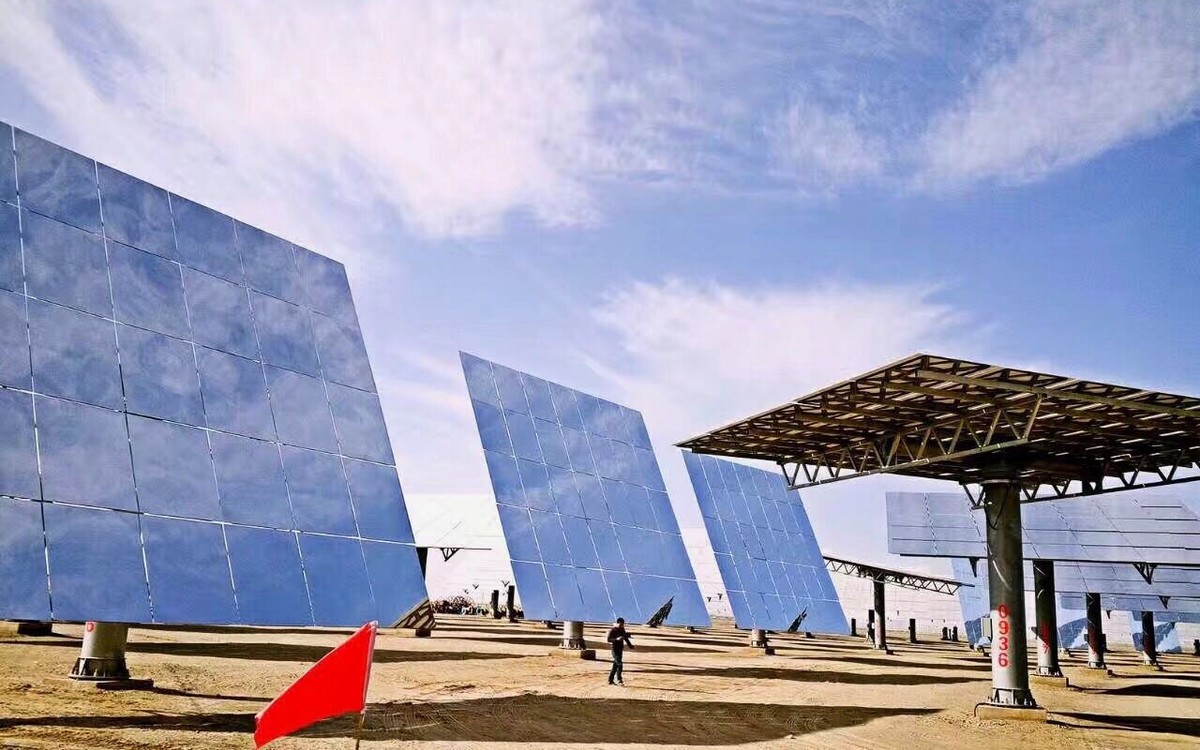Optimizing PV plant returns by adding CSP
By Xavier Lara
Photovoltaic (PV) solar power is undoubtedly one of the marvels of modern energy generation. Crystalline solar PV panels have become synonymous with clean energy around the world, from the rooftops of Germany to the massive solar farms of the Middle East.
As the industry body SolarPower Europe observed in its 2021 Global Market Outlook, “The success of solar is due to many factors. A primary one is its cost leadership, which continues to improve without an end in sight.
“Another is its versatility: solar covers an unmatched spectrum of power applications from very small residential systems to very large utility-scale plants, individual installations to building-integrated solutions in carports, apartment houses or agricultural green houses.
“There are also mobile applications and off-grid systems for rural electrification. Finally, no other power plant can be planned and built as rapidly as solar PV, while at the same time involving the highest job intensity.”
These attributes have helped solar become one of the fastest-growing sources of energy of recent times, generating 994 TWh of power globally in 2021.

Even with surging commodity prices increasing manufacturing costs for solar PV, capacity additions were forecast to grow by 17% in 2021, says the International Energy Agency (IEA). “This will set a new annual record of almost 160 GW,” the IEA says.
“Solar PV alone accounts for 60% of all renewable capacity additions.”
Despite this, the rate of solar power installations is not on track to meet the IEA’s Net Zero Emissions by 2050 Scenario. And that’s a problem, because solar is energy is one of the main planks of the scenario, supposedly delivering 6,970 TWh of energy a year by 2030.
What can be done to improve the situation?
The IEA says hitting the target “will require much greater policy ambition and more efforts from both public and private stakeholders, especially in the areas of grid integration and the mitigation of policy, regulation and financing challenges.”
At the same time, it won’t hurt to find new ways to improve PV plant returns. For all its advantages, PV suffers from two shortfalls, both connected to the availability of its source: the sun.
The first and most obvious issue is that half the time the sun is shining on the opposite side of the earth from wherever your PV panel is located.
This means the sun is only available to power panels 50% of the time, and once you factor in low-light conditions, clouds and so on the average capacity factor of solar barely reaches 18%.
The second issue is that when the sun shines it does so over large areas (half the earth, to be exact), which means PV plants all produce energy at the same time.
In areas where there is a lot of PV, this makes electricity very cheap to produce at midday—which reduces the return of the plants and reduces the incentive to build more.
This effect results in a law of diminishing returns: every megawatt installed makes it harder for the next megawatt to earn as much money.
The obvious way to overcome both these issues is to store some of the electricity generated during times of high production and then release it to the grid when the sun is no longer shining.
What is needed is a form of storage that can hold onto large volumes of energy cost effectively and feed them back into the grid for hours on end—perhaps even overnight.
In a growing number of solar markets, this is exactly what is happening either by design or by default. In California, for example, the building code now obliges new structures to be equipped with PV—and energy storage as well.
In California’s case, and indeed in most of the PV plants equipped with storage, excess electricity is stored in batteries. Today’s lithium-ion batteries are a great companion technology for PV, helping plants to continue delivering energy after the sun sets.
But lithium-ion batteries can only go so far. They are a cost-effective option for storing up to three or four hours of energy. Beyond this point, you need so much battery capacity that things start to get prohibitively costly.
For longer durations, what is needed is a form of storage that can hold onto large volumes of energy cost effectively and feed them back into the grid for hours on end—perhaps even overnight.
In places where there is a lot of direct sunshine, there is a technology that does this perfectly: concentrated solar power (CSP).

Instead of turning sunlight straight into electricity, as a PV panel does, CSP captures the heat of the sun and stores it in a medium such as molten salt, which is inexpensive and can be kept in huge tanks.
Several CSP plants around the world are already capable of delivering hundreds of megawatts of energy overnight and the technology is perfectly mature. Plus, CSP works well with PV in a hybrid plant setup.
In such plants, part of the installation is devoted to PV panels that deliver low-cost energy during the day. Another part of the plant has a solar field full of heliostats that heat up molten salt.
As evening comes around the output from the hybrid plant switches from the PV panels to a steam turbine driven by the heat of the molten salt.
Although the generation processes are different, the hybrid setup benefits from having a single grid connection and balance of plant, which helps to reduce the overall cost. Another benefit is that the design of the plant can be calibrated to meet given market requirements.
In some countries, for example, it might not be necessary to provide power right through the night, so the scale of CSP plant can be reduced to optimize costs.
In any event, what is evident is that in high-irradiation markets it increasingly makes no sense to build standalone PV plants—and for situations where large amounts of storage are required, CSP may be a better option than batteries.
At Pacific Green, we can combine deep PV, energy storage and CSP industry expertise to deal with all sides of the equation, making sure you can optimize your plant returns in any market. Speak to us now to find out more.